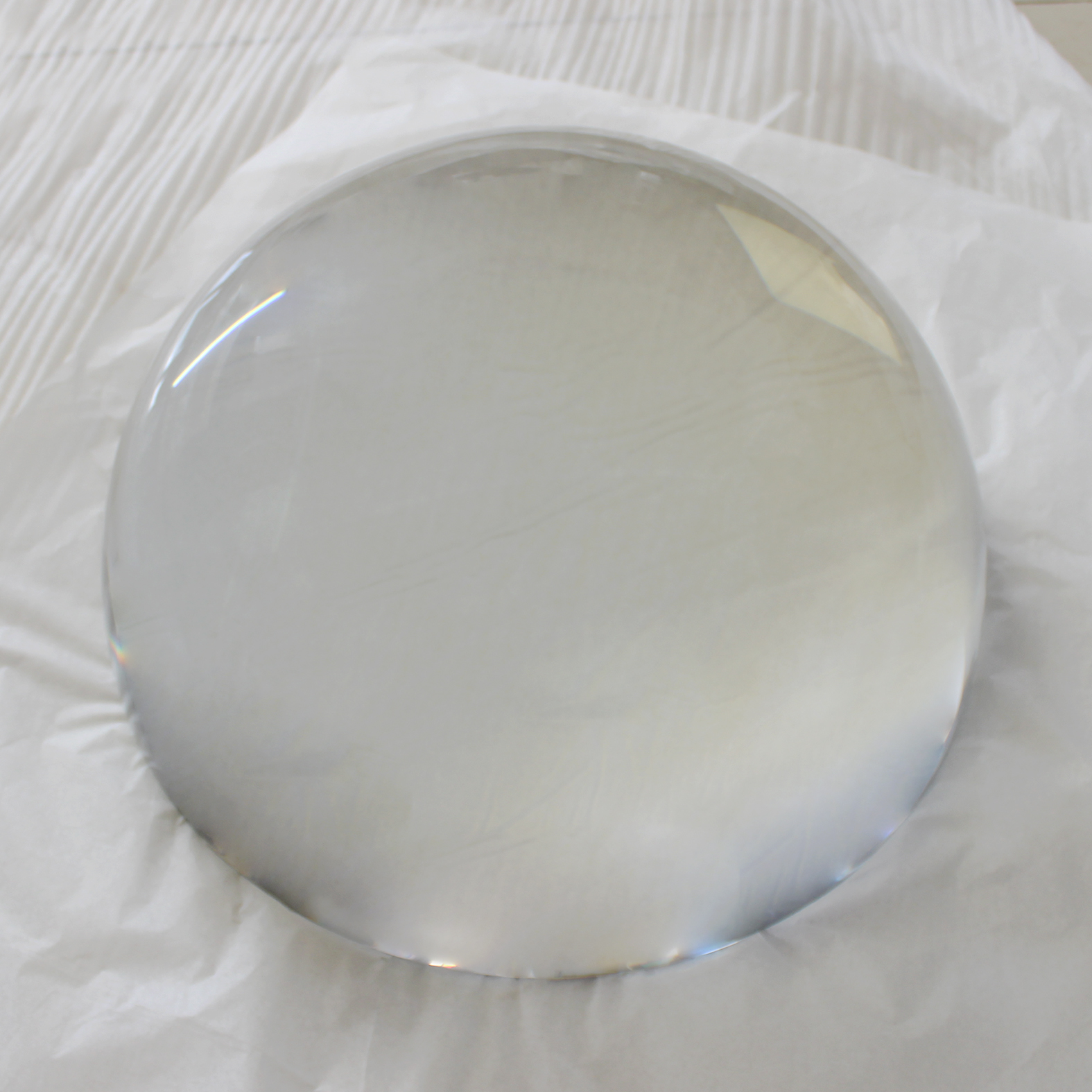What is optical prism?
Prism, in optics, a piece of glass or other transparent material cut with precise angles and plane faces, useful for analyzing and reflecting light. An ordinary triangular prism can separate white light into its constituent colors, called a spectrum.
Characteristics of Prisms
Prism’s ability to be modeled as a system of plane mirrors in order to simulate the reflection of light within the prism medium.
Replacing mirror assemblies is perhaps the most useful application of prisms, since they both bend or fold light and change image parity.
Types of prisms
There are four main types of prisms: dispersion prisms, deviation, or reflection prisms, rotation prisms, and displacement prisms.
Deviation, displacement, and rotation prisms are common in imaging applications; dispersion prisms are strictly made for dispersing light, therefore not suitable for any application requiring quality images.
Dispersion Prisms
Optical prism dispersion is dependent upon the geometry of the prism and its index dispersion curve, based on the wavelength and index of refraction of the prism substrate.
Picture of VY Custom Optical Dove Prism
Video of Custom Optical Dove Prism
Specifications of crystal prism
| Specifications | Data |
| Material | BK7 |
| Length | 42mm |
| Surface Quality | 20-10 |
VY Optoelectronics Co.,Ltd.’s production capacity of prism
VY Optics could manufacture wide range of prism, such as dove prism, penta prism, triangle prism, right angle prism, pyramid prism, beamsplitter prism, cube prism, wedge prism, Rhombic prism, roof prism, powell lens and amici prism etc..
People also ask
- How does a color cube work?
Each face of the translucent cube is coated in electromagnetically subtractive materials which at first, appear as cyan, magenta, or yellow. Twisting and turning the geometry creates new combinations, resulting in the appearance of new colours. - What is a CMYK cube?
Each “CMY Cube” has translucent sides colored with the three primary colors: cyan, magenta and yellow (CMY) and coated with special electromagnetically subtractive materials. With each twist and turn, these sides explode into a breathtaking array of stunning hues.












